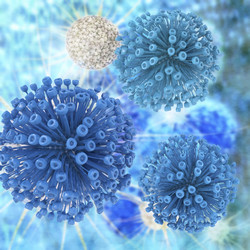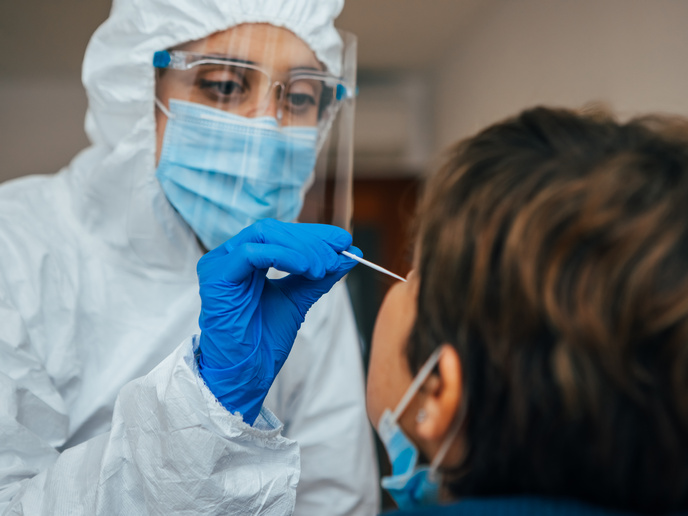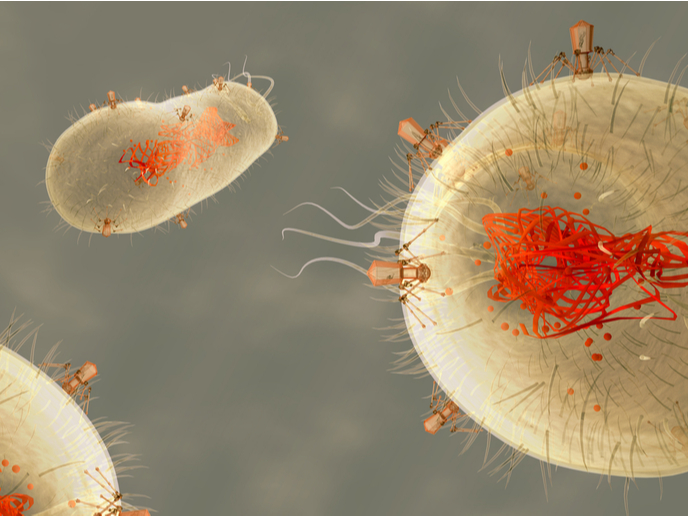Microbicides against HIV transmission
The majority of HIV infections get transmitted through sexual intercourse. Despite several strategies to decrease the rate of sexual transmission of HIV, there are millions of new cases every year. Highly active anti-retroviral therapy (HAART) halts HIV replication and has revolutionised the course of the disease. However, measures to protect against HIV transmission are lacking. The primary objective of the EU-funded project AIM-HIV (Hydroxitirosol, a new generation of microbicides targeting HIV through antiviral and anti-inflammatory pathways) was to develop microbicides that could be locally applied during intercourse to prevent virus transmission. Their work concentrated on 5-hydroxytyrosol (5HT), a phenol derivative with known anti-oxidant properties. 5HT displayed antiviral activity against a broad spectrum of HIV-1 variants including drug-resistant species in their natural targets, CD4 lymphocytes and macrophages. Mechanistic insight indicated that 5HT inhibits viral integration and gene expression by interfering with specific transcription factors such as NF-kB and NFAT1. Testing of 5HT in animal models and non-human primates showed excellent pharmacokinetics and stability. To evaluate the microbicidal activity of 5HT, scientists screened the compound in non-human primates challenged with SIV. Results indicated a strong synergistic effect between 5HT and tenofovir, an inhibitor of HIV reverse transcriptase. However, despite its in vitro activity, 5HT on its own did not prevent HIV infection in vivo. Further research into novel microbicides should address the chemical modification of the basic polyphenol structure of 5HT to generate new, more potent compounds. In addition, to increase the antiviral potency of 5HT in vivo, the consortium proposed the utilisation of slow drug-delivery devices.







